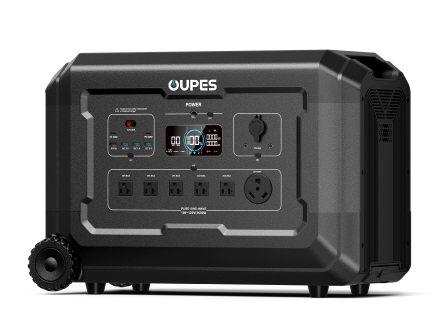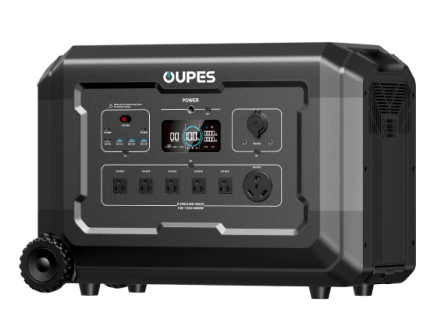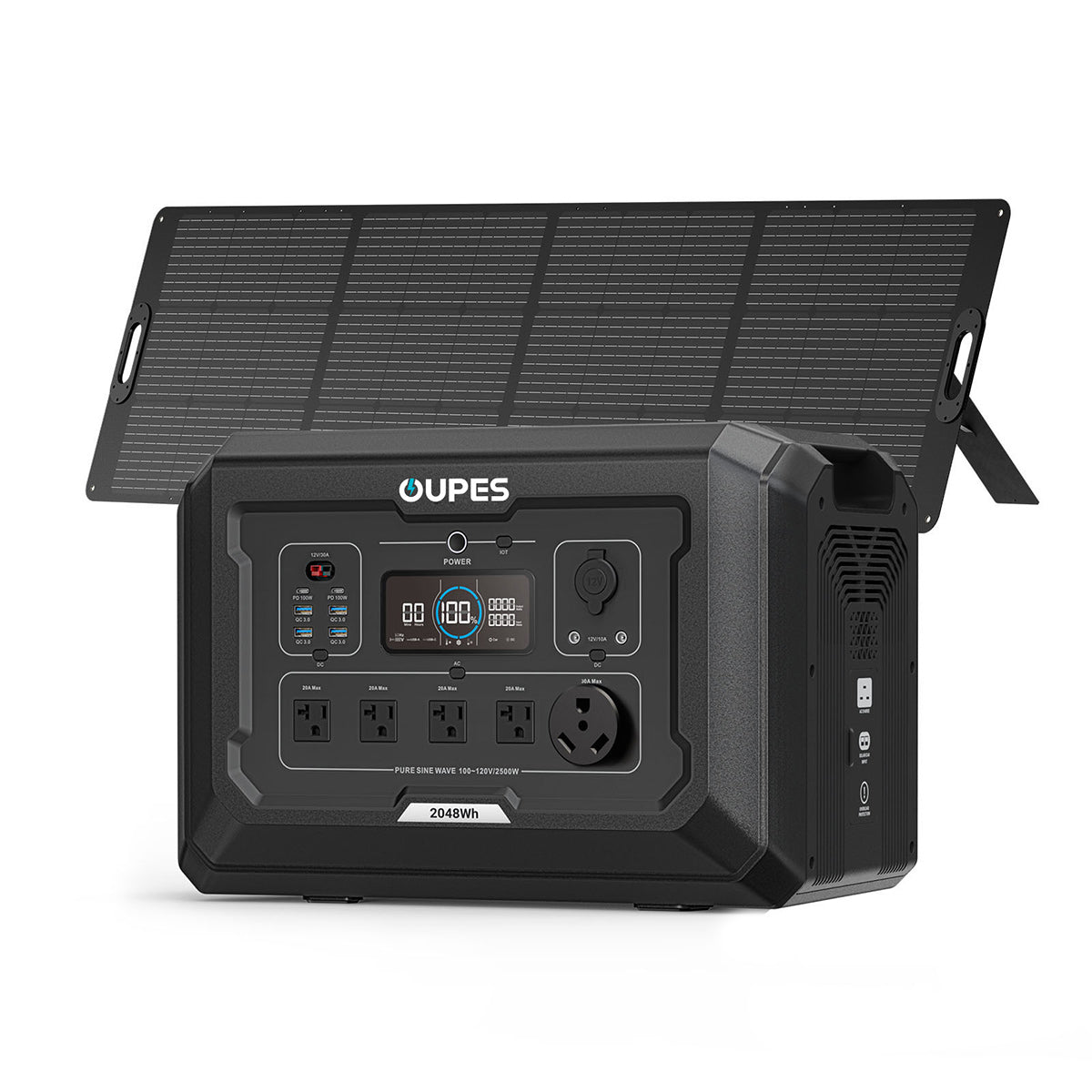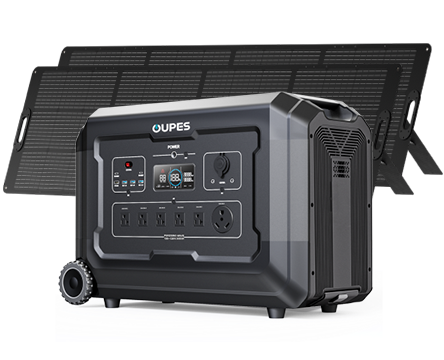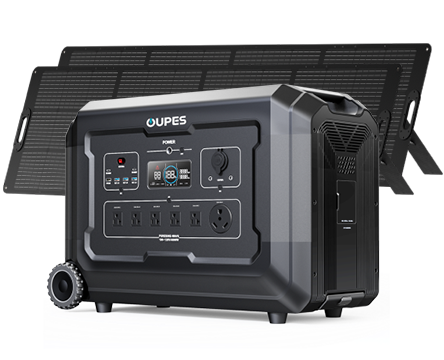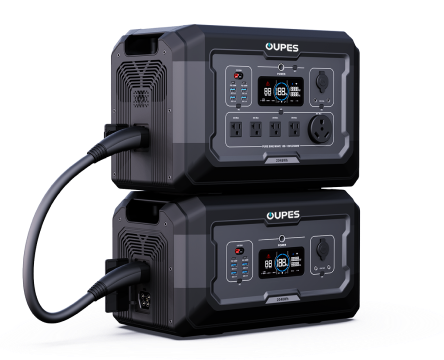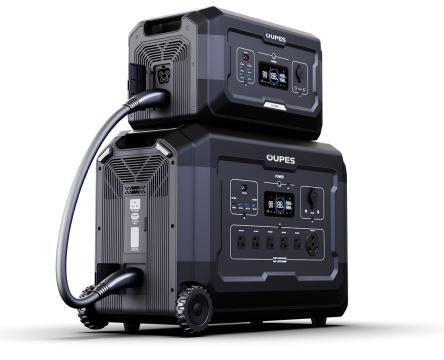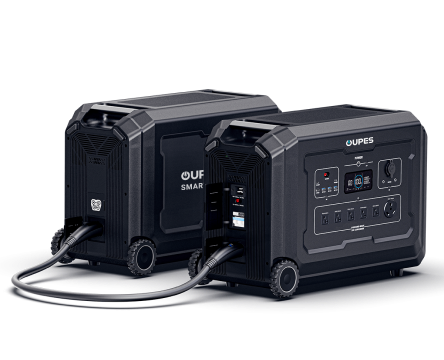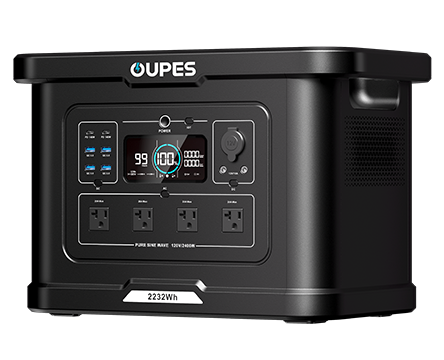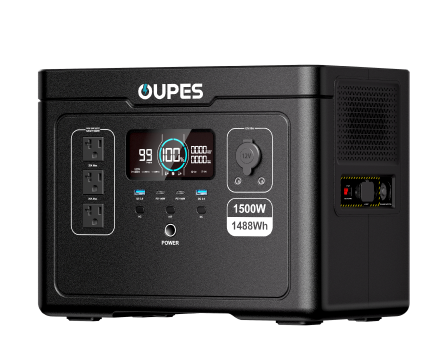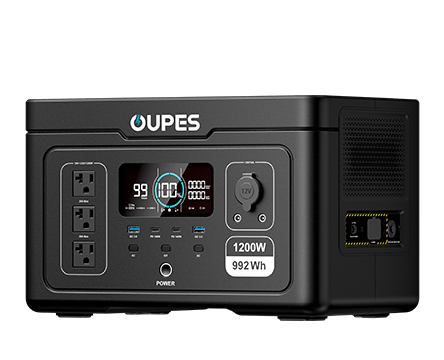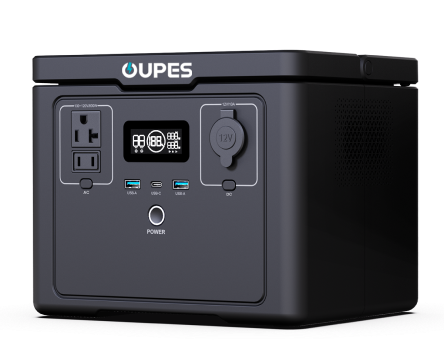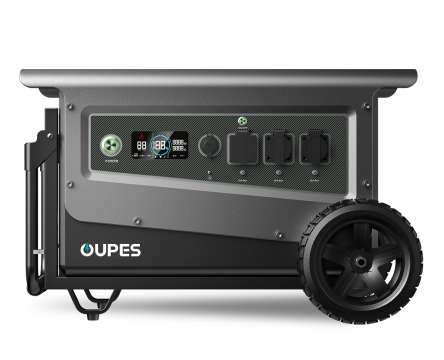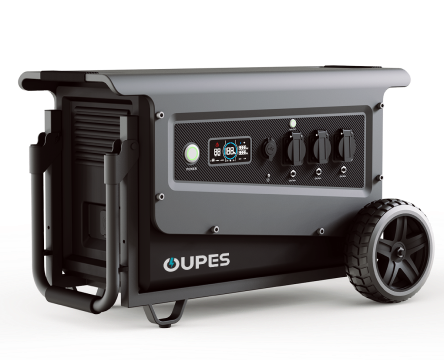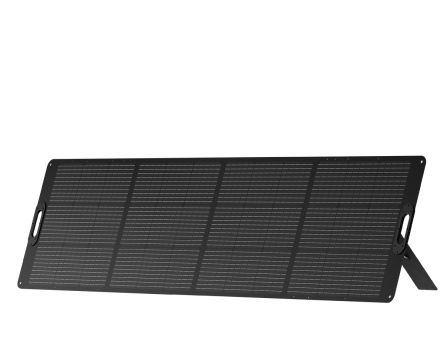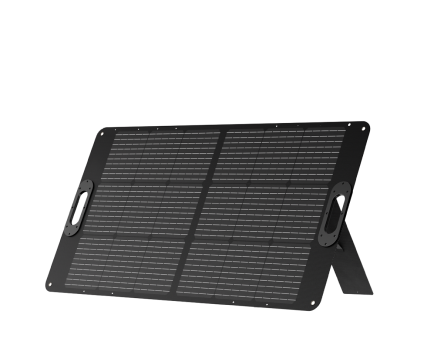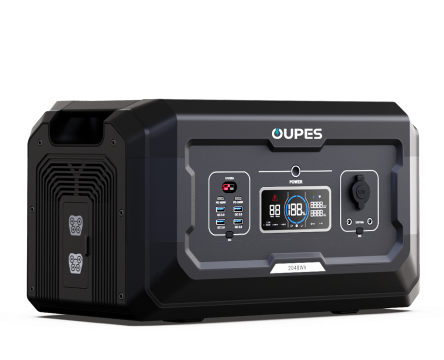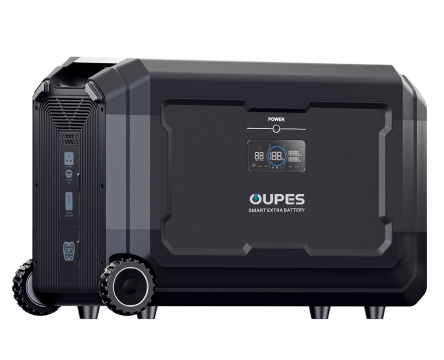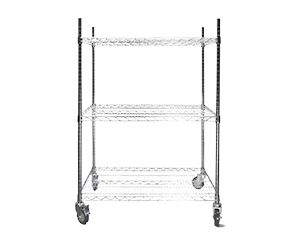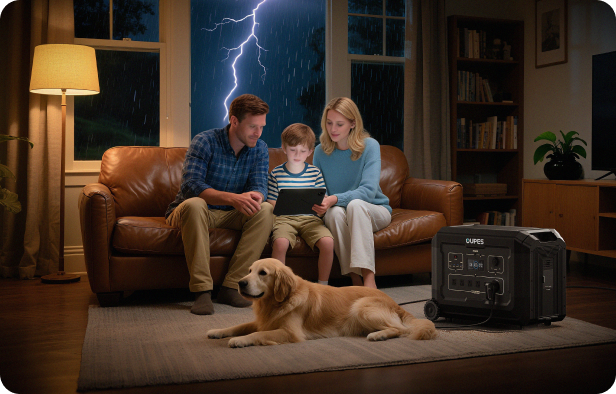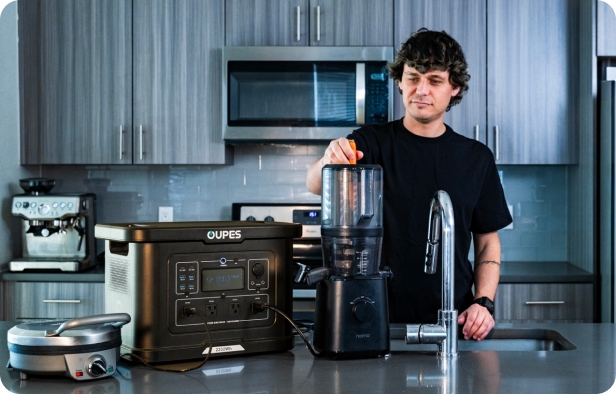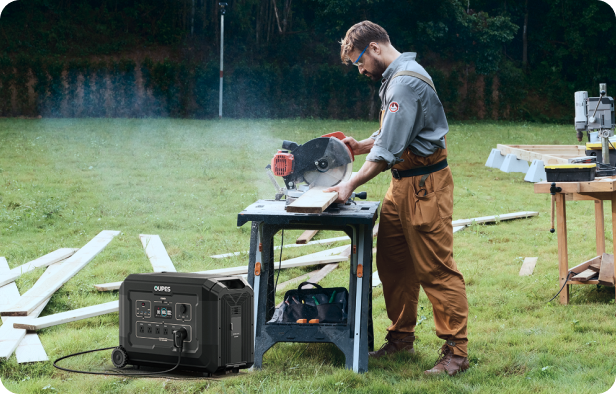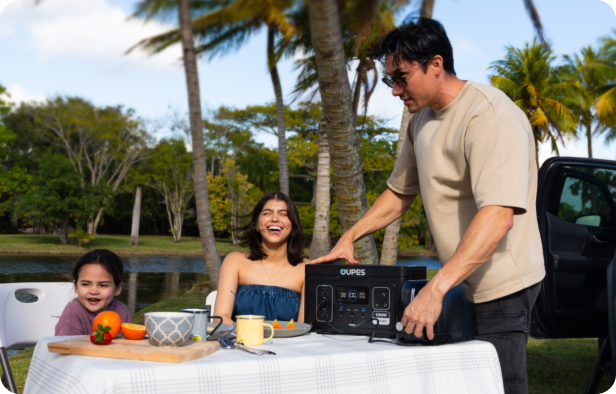
Imagine your refrigerator humming contentedly through a blackout, its chilled interior preserving groceries while neighbors lament spoiled milk. The solar generator market teems with options, but selecting the right size to sustain this essential appliance requires more than guesswork—it demands a precise calculus of energy rhythms. Refrigerators aren’t static loads; their compressors pulse like cardiac muscles, surging with power demands before settling into quiet digestion. Let’s dissect the quantum physics of keeping your food cold with sunlight.
From dorm-sized mini-fridges to commercial-grade Sub-Zeros, each cooling unit whispers a unique energy sonnet. A solar generator must not only match these consumption patterns but outlast them, compensating for cloudy days and nocturnal operation. This isn’t about buying the biggest battery—it’s about engineering a symbiotic relationship between photovoltaics and refrigeration thermodynamics. Prepare to navigate watt-hours, duty cycles, and the dark art of surge capacity.
Decoding Refrigerator Power Signatures
Your refrigerator’s nameplate—that cryptic metal tag listing volts and amps—reveals only part of the story. True power assessment requires understanding the compressor’s start-up surge, which can spike to 3x its running wattage. A modest 120V fridge drawing 5A (600W running) might demand 1,800W for 2-3 seconds at startup. Solar generators must withstand these surges without tripping—a challenge for units with undersized inverters.
Energy Star ratings provide annual kWh estimates, but daily use fluctuates. A 20-cubic-foot French door model might consume 1.5 kWh daily in mild climates but double that when Arizona summers strain its condenser. Monitoring with a Kill-A-Watt meter for 72 hours reveals true consumption patterns. Remember: refrigerators cycle on/off, typically running 30-50% of the time. A unit labeled 700W actually averages 350W hourly—but your solar generator must accommodate the peaks.
Ambient temperature dramatically affects runtime. Garage-based fridges in summer heat work harder, increasing compressor activity by 40%. Frost-free models add hidden loads—their 40W defrost heaters activate 2-3 times daily. These variables transform a seemingly straightforward calculation into a three-dimensional energy puzzle.
Solar Generator Sizing Algorithm
Battery capacity—measured in watt-hours (Wh)—forms the foundation. For a fridge using 1,500Wh daily, a 2,000Wh generator provides 33% buffer for inefficiencies. But depth of discharge (DoD) complicates this: lithium batteries safely discharge to 90%, while lead-acid types falter beyond 50%. Thus, a 2,000Wh lithium unit delivers 1,800Wh usable; a lead-acid equivalent requires doubling capacity to 4,000Wh for the same output.
Inverter sizing proves equally critical. That 1,800W surge demand requires an inverter rated for at least 2,000W continuous, with 4,000W surge capacity. Pure sine wave models prevent compressor damage from “dirty” power. The OUPES Mega 5 exemplifies this—its 5,000W surge inverter handles even industrial refrigerators while maintaining <3% harmonic distortion.
Recharge calculus separates viable systems from failures. If your fridge consumes 1,500Wh daily, solar panels must replenish this plus 20% losses—totaling 1,800Wh. In regions with 4 peak sun hours, you’ll need 450W of panels (1,800Wh ÷ 4h). Cloudy climates demand oversizing—600W panels ensure recharge even at 30% efficiency. MPPT charge controllers extract 30% more energy than PWM models, crucial for marginal conditions.
Battery Chemistry Showdown
Lithium Iron Phosphate (LiFePO4) batteries dominate refrigeration use cases. Their 6,000-cycle lifespan (16+ years at one cycle daily) and 90% DoD tolerance outperform lead-acid’s 500 cycles at 50% DoD. Though pricier upfront, LiFePO4’s $0.15/cycle cost undercuts lead-acid’s $0.40/cycle over time. The OUPES ArmorCell series exemplifies this—modular 2kWh blocks that expand as needs grow.
Temperature resilience becomes critical. Lithium batteries falter below -4°F (-20°C), while lead-acid handles -40°F but with halved capacity. For garage installations, LiFePO4 with built-in heating pads (drawing 5-10W) maintains operability. Self-discharge rates matter too—lithium loses 2-3% monthly versus lead-acid’s 5-15%, crucial for seasonal cabins.
Safety profiles differ radically. LiFePO4’s stable chemistry resists thermal runaway, while flooded lead-acid risks hydrogen gas emissions. Gel batteries offer middle-ground safety but suffer from higher costs and sensitivity to overcharging. Your installation environment dictates this choice as much as economics.
Solar Array Engineering
Panel orientation transcends basic south-facing dogma. For refrigerator loads peaking at noon (when compressors battle daytime heat), azimuth adjustments optimize yield. Dual-axis trackers boost harvest by 40% but complicate RV/off-grid setups. Fixed-tilt mounts using latitude +15° in winter/-15° in summer balance annual production.
Shading analysis prevents catastrophic yield drops. A single leaf shadowing a panel cell can slash output 50%. Microinverters or DC optimizers mitigate this—products like the OUPES SolarSync system bypass shaded cells, preserving array functionality. For portable generators, folding panels must be positioned meticulously—a compass and inclinometer app become essential tools.
Wiring topology affects efficiency. Series connections boost voltage to overcome transmission losses over long distances, while parallel configurations maintain amperage for MPPT controllers. 10-gauge MC4 cables handle most residential setups, but 100-foot runs to backyard panels require 8-gauge. Voltage drop should stay under 2%—critical when every watt-hour counts.
Real-World Deployment Scenarios
Urban Backup: A 7-cu.ft. apartment fridge (700W surge, 1.2kWh daily) pairs with a 2kWh OUPES Nova system + 400W panels. During outages, it sustains refrigeration for 36 hours without recharge, extending indefinitely with 5 hours of daily sun.
Off-Grid Cabin: A full-size 18-cu.ft. fridge (1,800W surge, 2.5kWh daily) demands a 5kWh lithium bank + 800W solar array. The OUPES Mega 5 handles this with dual MPPT controllers, allocating 400W to battery charging and 400W to direct DC load support.
RV Nomadism: A 12V compressor fridge (120W running) thrives on a 1kWh system + 200W portable panels. The OUPES Flex 1000’s DC-DC charging maintains efficiency while driving, supplementing solar with alternator input during cloudy migrations.
Conclusion: The Cold Equation Solved
Sizing a solar generator for refrigeration merges electrical engineering with behavioral science. It demands understanding your fridge’s unique personality—its surge tantrums, daily appetites, and environmental sensitivities. With lithium batteries now offering decade-plus lifespans and solar panels nearing 23% efficiency, reliable off-grid refrigeration has transitioned from camper’s dream to household expectation.
The perfect system balances inverter brawn against battery endurance, solar harvest against geographic constraints. Whether preserving insulin during hurricanes or keeping beer cold at Burning Man, modern solar generators transform sunlight into culinary continuity—one watt-hour at a time.


